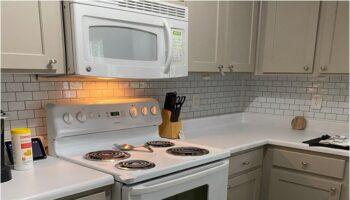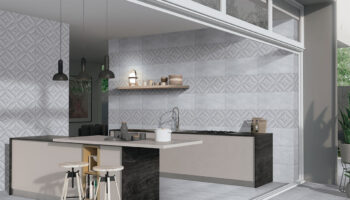Bringing natural light into your home is a goal for many families, as it can not only help reduce your lighting bills but also boost the mood and have a positive impact on your heating and other energy costs during the winter.
Skylights are not a one-size-fits-all solution, however, as there are a variety of types and sizes that you can choose. From dome skylights to vented skylights, here’s what you need to know to select the right style of skylights for your home.
What are the Differences Between Dome Skylights, Tubular and Vented Skylights?
Dome skylights are often used when you don’t need additional ventilation for your home and are simply looking for additional light. Vented skylights help with reducing the moisture in your home and are often used in kitchens or bathrooms.
You can operate these skylights either manually or via an automatic remote, depending on the height of your ceilings. Tubular skylights are most often used in a small corner or closet — anywhere that space is at a premium, but you still need some added light in your home.
Types of Skylight Materials
Skylights are most often crafted from either glass or plastic and include a layer of insulation to ensure they will help keep your home comfortable and rain-free. Plastic (acrylics) provide a cost-effective alternative to glass, but they can become cloudy or yellowed over time.
Glass is a heavier option that is more costly but is also more durable. You can also add a variety of glazing types that will help add energy efficiency or reduce the possibility of acrylic becoming discolored.
Skylights are increasingly popular across the U.S. as families look for ways to reduce their energy requirements. Whether you select flat, domed or arched skylights or go for options that vent to the outside, it’s crucial that your skylights are properly installed to ensure they are water-tight and energy efficient.





